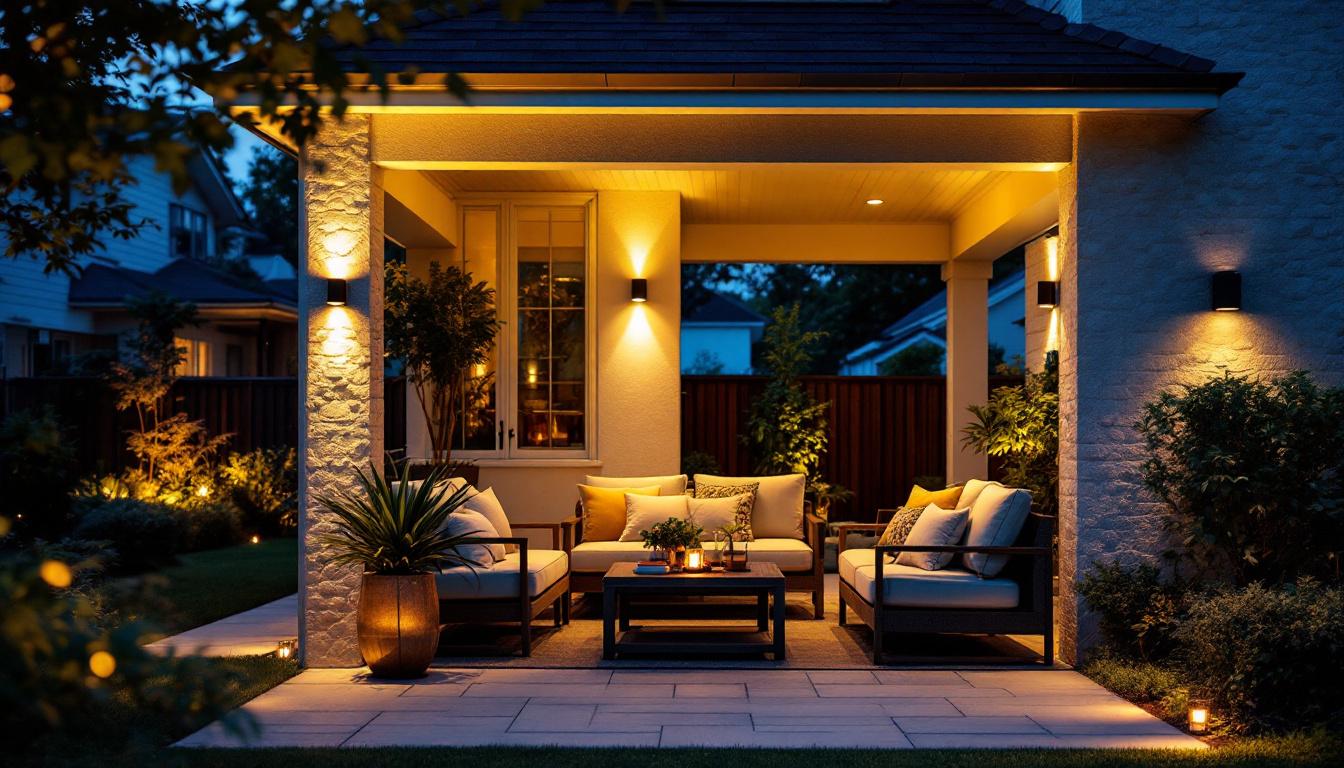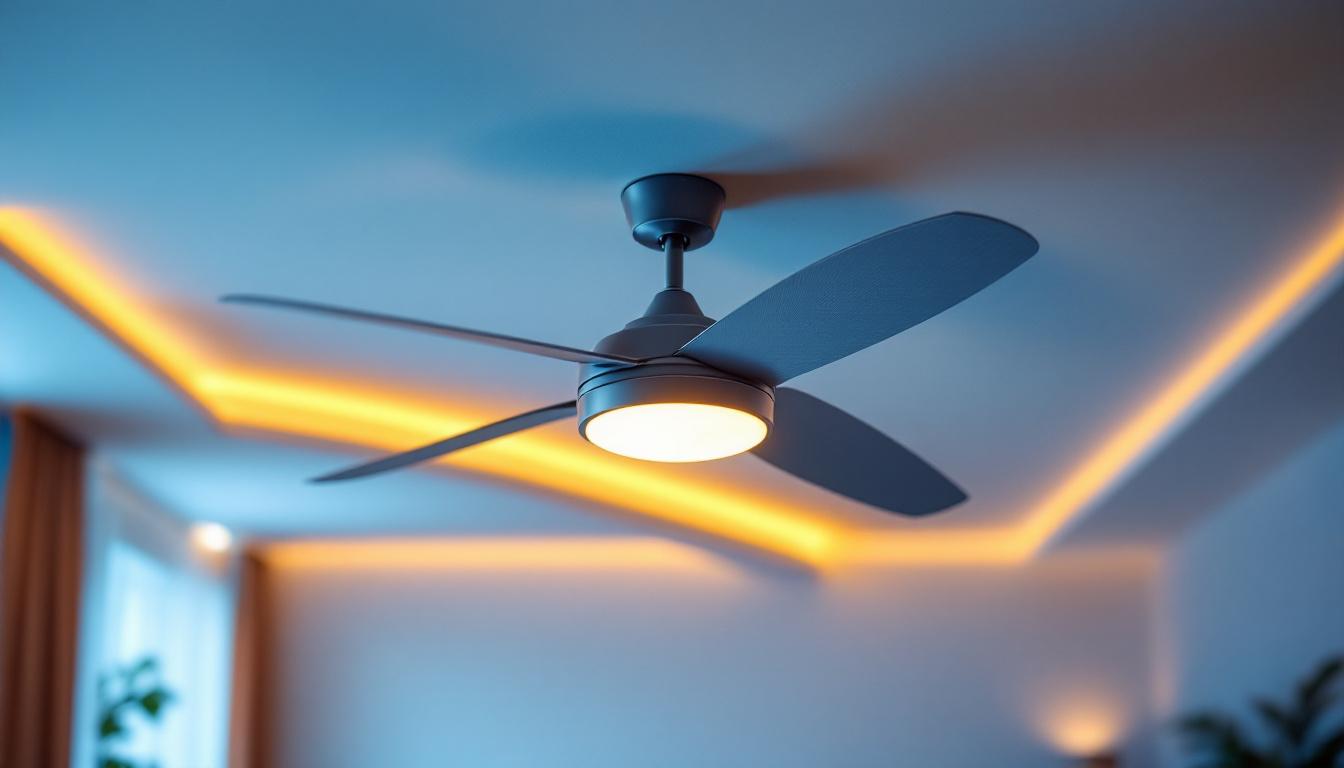
light cans: How to Avoid Costly Mistakes in lighting projects
Lighting projects can be intricate and multifaceted, often requiring a delicate balance between aesthetics, functionality, and budget. For lighting contractors, understanding the nuances of light cans—also known as recessed lighting fixtures—is essential to ensuring successful installations. This article delves into common pitfalls associated with light cans and offers practical advice on how to navigate these challenges effectively.
Light cans are an integral component of modern lighting design. They provide a sleek, unobtrusive way to illuminate spaces while enhancing the overall aesthetic. However, their installation and selection can lead to costly mistakes if not approached with care.
Light cans are recessed lighting fixtures that are installed into the ceiling, allowing the light source to be hidden from view. This design creates a clean and modern look, making them popular in both residential and commercial applications. They come in various sizes and styles, accommodating different bulb types and wattages.
Typically, light cans consist of a housing, trim, and a light source. The housing is the part that is installed into the ceiling, while the trim is the visible part that can be customized to match the decor. Understanding the components and options available is crucial for making informed decisions during a lighting project. For instance, the choice of trim can significantly affect the light distribution and ambiance of a room. Options range from baffle trims that reduce glare to reflector trims that enhance brightness, allowing for a tailored lighting experience.
There are several types of light cans available, each designed for specific applications. Some of the most common types include:
Choosing the right type of light can is essential for ensuring safety and compliance with building codes. Additionally, it’s important to consider the intended use of the space when selecting light cans. For example, in areas where task lighting is crucial, such as kitchens or home offices, adjustable or directional light cans can provide focused illumination. Conversely, for ambient lighting in living rooms or bedrooms, wider beam spreads may be more suitable to create a warm and inviting atmosphere.
Moreover, advancements in LED technology have revolutionized the light can market, offering energy-efficient options that not only reduce electricity bills but also have a longer lifespan compared to traditional incandescent bulbs. This shift towards LED light cans has prompted many homeowners and designers to rethink their lighting strategies, leading to innovative designs that integrate smart home technology for enhanced control and customization. As a result, light cans are no longer just functional fixtures; they have become essential tools in creating dynamic and versatile lighting schemes that adapt to various activities and moods throughout the day.
Even seasoned lighting contractors can fall prey to common mistakes when working with light cans. Awareness of these pitfalls can save both time and money.
One of the most significant mistakes contractors make is inadequate planning and design. Failing to consider the layout of the space, the purpose of the lighting, and the desired ambiance can lead to poor lighting choices. A well-thought-out lighting plan should include:
Investing time in the planning phase can prevent costly rework and ensure that the final result meets the client’s expectations. Additionally, it is crucial to involve the client in the design process, as their preferences and lifestyle can greatly influence the effectiveness of the lighting scheme. For instance, a family with young children may prioritize safety and functionality, while a couple who enjoys entertaining might seek a more dramatic, mood-setting atmosphere. By aligning the lighting design with the client’s needs, contractors can create a more personalized and satisfying outcome.
Electrical considerations are paramount in any lighting project. Neglecting to account for the electrical load can lead to circuit overloads and potential safety hazards. It is essential to:
Proper electrical planning not only enhances safety but also contributes to the longevity of the lighting installation. Moreover, understanding the implications of energy efficiency can significantly impact both the environment and the client’s utility bills. By opting for LED fixtures or smart lighting systems, contractors can provide solutions that reduce energy consumption while still delivering high-quality illumination. This not only appeals to environmentally conscious clients but also positions contractors as forward-thinking professionals who prioritize sustainable practices in their work.
Selecting the appropriate light cans for a project is crucial to achieving the desired outcome. The wrong choice can lead to inefficiencies and dissatisfaction.
Before selecting light cans, it is essential to assess the space where they will be installed. Factors to consider include:
Taking these factors into account will help ensure that the selected light cans enhance the overall design of the space. Additionally, consider the layout of the room, including furniture placement and architectural features, as these elements can affect how light is perceived. For instance, a room with large windows may benefit from dimmable light cans that can adjust to the natural light throughout the day, creating a harmonious balance between artificial and natural illumination.
Beam angles play a critical role in how light is distributed in a room. A common mistake is overlooking the beam angle when selecting light cans. A narrow beam angle is ideal for accent lighting, while a wider beam angle is better suited for ambient lighting. Understanding these distinctions can help contractors achieve the desired lighting effect. Furthermore, it’s important to consider the height at which the light cans will be installed, as this can significantly impact the effectiveness of the beam angle. For example, a narrow beam can create dramatic highlights on artwork or architectural details when positioned at a higher elevation, while a wider beam can fill a larger area with light when installed closer to the ceiling.
Proper installation techniques are vital for the performance and longevity of light cans. Following best practices can help avoid common installation errors.
Placement of light cans significantly impacts the effectiveness of the lighting. It is crucial to consider:
Taking the time to measure and plan the placement of light cans will result in a more professional finish and improved lighting quality.
Using the right tools for installation can make the process smoother and more efficient. Essential tools include:
Investing in quality tools can enhance the installation process and reduce the likelihood of mistakes.
Once the light cans are installed, there are several post-installation considerations that contractors should keep in mind to ensure client satisfaction and project success.
After installation, it is essential to test the lighting to ensure it meets the desired specifications. This includes:
Making necessary adjustments at this stage can prevent future complaints and enhance the overall quality of the project.
Educating clients about their new lighting system is an often-overlooked aspect of the installation process. Providing information on:
Empowering clients with knowledge can lead to greater satisfaction and fewer issues down the line.
Lighting projects can be complex, but by understanding the intricacies of light cans and avoiding common mistakes, lighting contractors can ensure successful installations. From proper planning and selection to installation and post-installation considerations, each step plays a crucial role in achieving the desired outcome.
By adhering to best practices and remaining vigilant against potential pitfalls, contractors can enhance their reputation and deliver exceptional lighting solutions that meet their clients’ needs. Investing time in education, planning, and execution will ultimately lead to more efficient projects and satisfied customers.
Ready to elevate your lighting projects with the finest selection of light cans and fixtures? At LumenWholesale, we provide lighting contractors with the tools to avoid costly mistakes and achieve brilliance in every installation. Our spec-grade lighting products not only meet the highest industry standards but are also available at unbeatable wholesale prices. Say goodbye to middleman markups and hello to premium lighting with the convenience of free shipping on bulk orders. Don’t compromise on quality or value. Visit LumenWholesale today for Wholesale Lighting at the Best Value and make your next project shine.

Discover the essential insights lighting contractors need to meet client expectations in outdoor LED security lighting.

Discover why LED dimmer switches are becoming essential tools for lighting contractors.

Discover the comprehensive guide to high hat lighting with our ultimate handbook tailored for lighting contractors.

Discover the top strategies lighting contractors use when installing extra large ceiling fans with integrated lights.